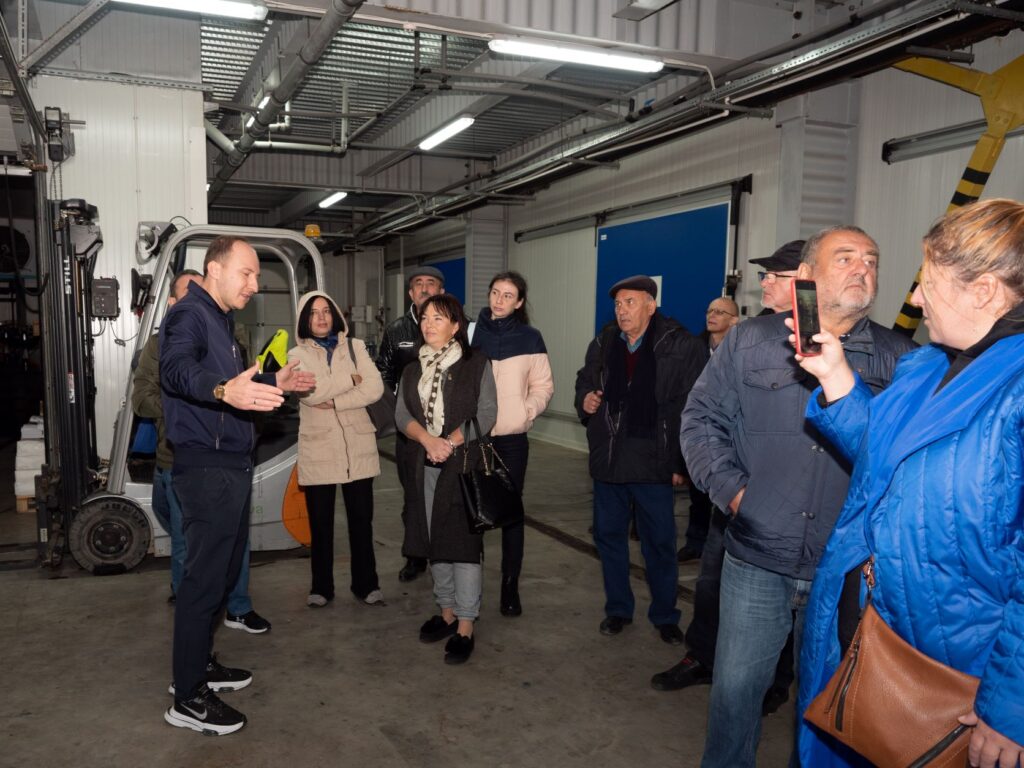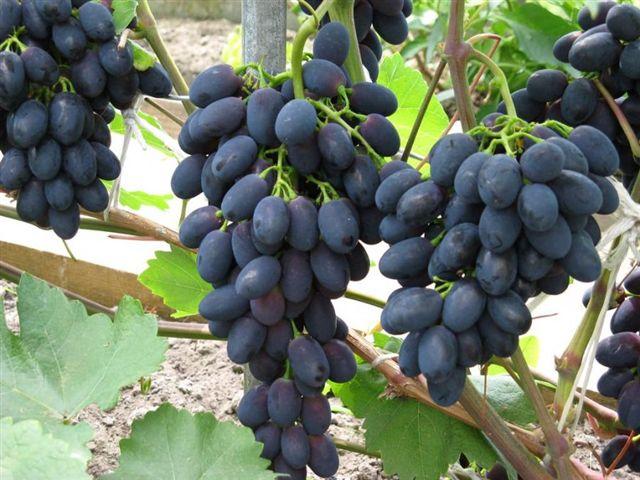“There was a time in our company when we were actively cutting down plantations. We cut down hectares of vineyards several times because we planted the wrong varieties. As a result, we lost 4-5 years of potentially profitable sales,” Vlad Vedrashko, manager of the Entrepreneurial Cooperative “Ved Mar Agro”, says.
 When presenting the results of the enterprise’s work at the International Conference “Table Grapes of Ukraine 2022: the experience of Moldova”, he recommended starting a business in the viticulture industry from an analysis of sales markets. “If you are going to plant vineyards, first analyze the sales opportunities,” Vlad Vedrashko advises. “Start by surveying the stores where you want to sell your products. You will find answers to the questions ‘What to plant? How to plant? To whom and in what packaging to sell?’ there.”
When presenting the results of the enterprise’s work at the International Conference “Table Grapes of Ukraine 2022: the experience of Moldova”, he recommended starting a business in the viticulture industry from an analysis of sales markets. “If you are going to plant vineyards, first analyze the sales opportunities,” Vlad Vedrashko advises. “Start by surveying the stores where you want to sell your products. You will find answers to the questions ‘What to plant? How to plant? To whom and in what packaging to sell?’ there.”
According to the entrepreneur, if Moldovan viticulturists knew this in the recent past, Moldova grapes would account for no more than 40% of the structure of the country’s table viticulture now. The rest would be early varieties, seedless varieties, etc. The “Moldova” variety has a big advantage – it is well stored and transported. It still gives us the opportunity to sell these seed grapes for export. At the end of autumn and winter when there is a shortage of table grapes on the market, Moldova grapes are in demand among some categories of buyers, even in such a grape country as Italy. But when there is no shortage of more attractive grapes on the European market in late autumn and winter, even in low-yielding years (thanks to the supply of grapes from the southern hemisphere), Moldova grapes will become uncompetitive. Moldovan winegrowers still have some time to switch to more popular varieties.
According to Vlad Vedrashko, there are still no favorites with high production potential among the widely known and well-sold grape varieties in the climatic conditions of Moldova. However, producers should choose from promising early varieties of seedless grapes. In addition, a massive transition to new production methods, the Pergola and Gable systems is needed.

 “Special attention should be paid to the packaging of grapes if you want them to sell well,” Vlad Vedrashko believes. “Most producers in the Republic of Moldova, unfortunately, export grapes in bulk, in wooden boxes. Our company is trying to introduce several innovations. Over the past years, we have tested every type of packaging we could think of to surprise our customers and find out which suits them best. So far, the most suitable packaging is a paper bag. Each package contains 1 kg of grapes. Retail chains buy grapes in such packaging because it is easy to work with. Packages of 500 g, 750 g, and 1 kg are in the greatest demand. We exported grapes in this packaging to different countries, from Poland to the USA, and it is demanded everywhere.”
“Special attention should be paid to the packaging of grapes if you want them to sell well,” Vlad Vedrashko believes. “Most producers in the Republic of Moldova, unfortunately, export grapes in bulk, in wooden boxes. Our company is trying to introduce several innovations. Over the past years, we have tested every type of packaging we could think of to surprise our customers and find out which suits them best. So far, the most suitable packaging is a paper bag. Each package contains 1 kg of grapes. Retail chains buy grapes in such packaging because it is easy to work with. Packages of 500 g, 750 g, and 1 kg are in the greatest demand. We exported grapes in this packaging to different countries, from Poland to the USA, and it is demanded everywhere.”
The use of the site materials is free if there is a direct and open for search engines hyperlink to a specific publication of the East-Fruit.com website.




